In the rare moment that you want to charge both your iPad Pro and your Apple Pencil at the same time, or your iPhone as well as your iPad and your Airpods, you’ll thank the gods for giving you something like the Node. It saves you the need to find separate USB ports or plug-points. A single Node can be plugged into any two devices with the lightning port (your iPhone/Airpods/iPad/Magic-Mouse/Keyboard) and it also lets you plug your Apple Pencil in, effectively letting one charger and a single Node power up to three devices, because let’s face it, if you own an Apple product, chances are you own more than one. Don’t let those pesky lithium-ion batteries get the better of you next time! The Node literally puts the power back into the consumer’s hands… and devices!
Designer: Ilovehandles
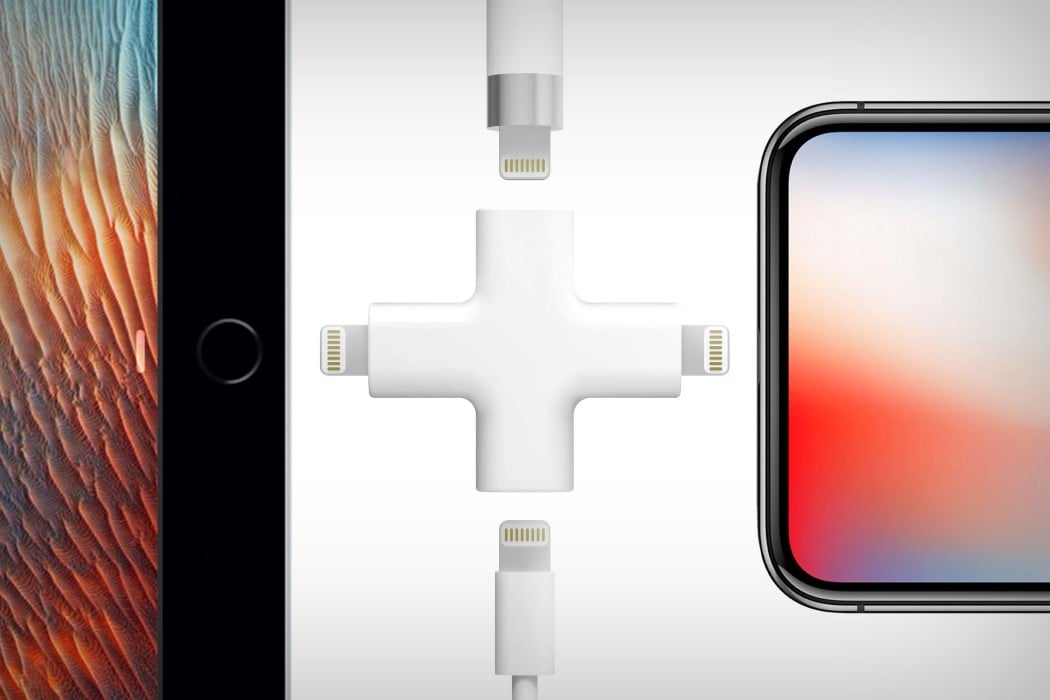
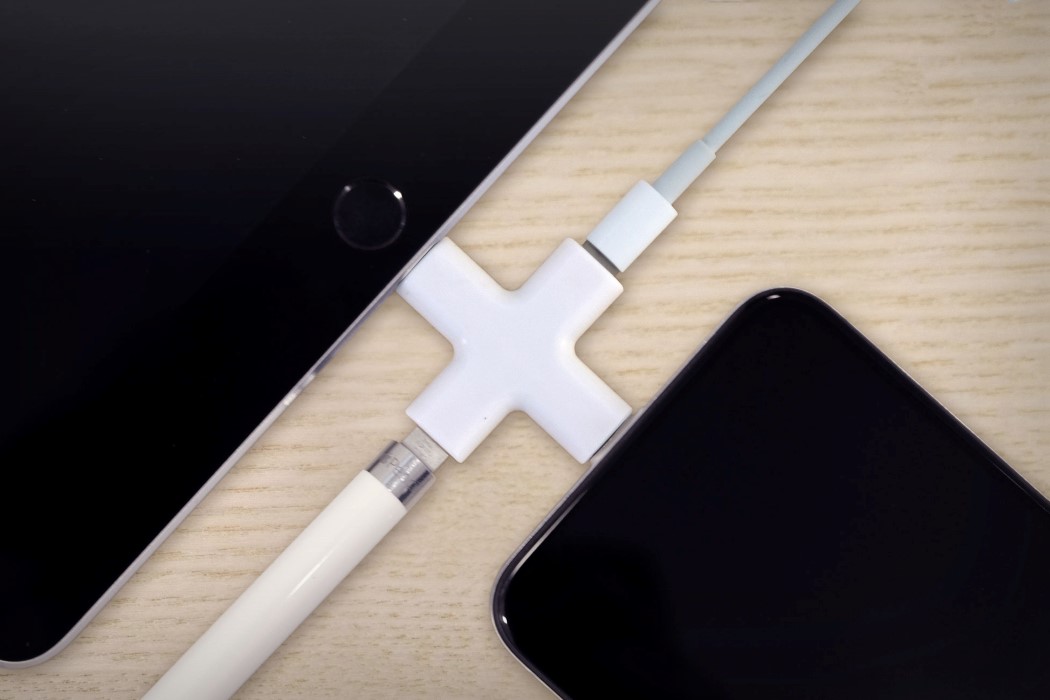
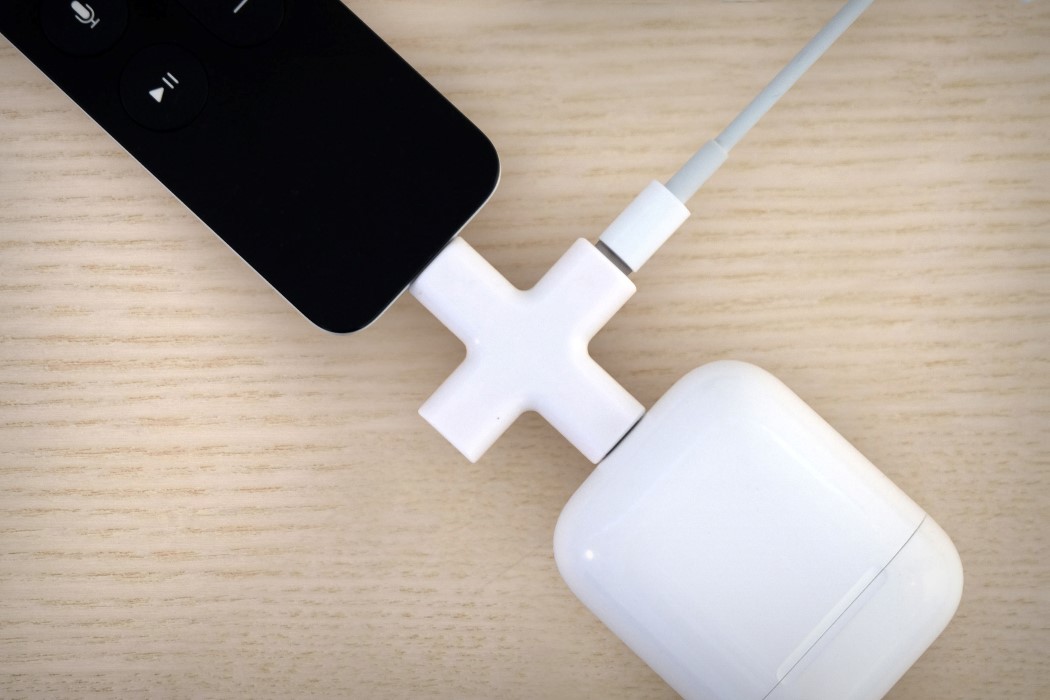

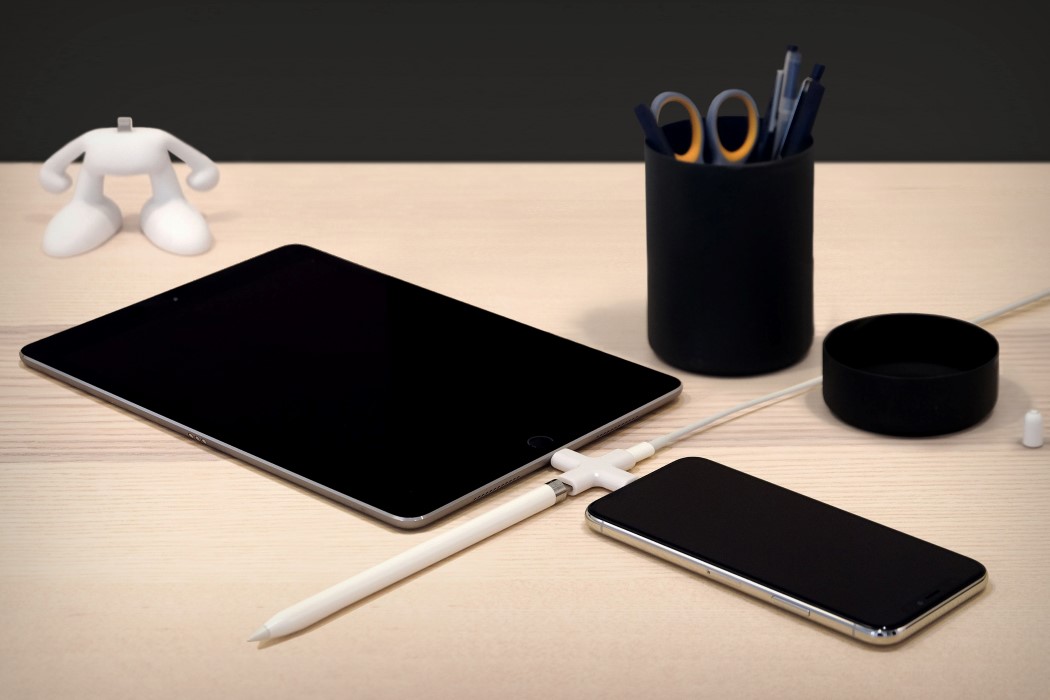
 Intel's 8th-generation "Coffee Lake" CPUs are now on the market. These chips come with a modest bump in CPU frequency, but the big news is that Intel is finally adding 6-core processors to its mainstream i7 and i5 lines. More cores means these chips...
Intel's 8th-generation "Coffee Lake" CPUs are now on the market. These chips come with a modest bump in CPU frequency, but the big news is that Intel is finally adding 6-core processors to its mainstream i7 and i5 lines. More cores means these chips...
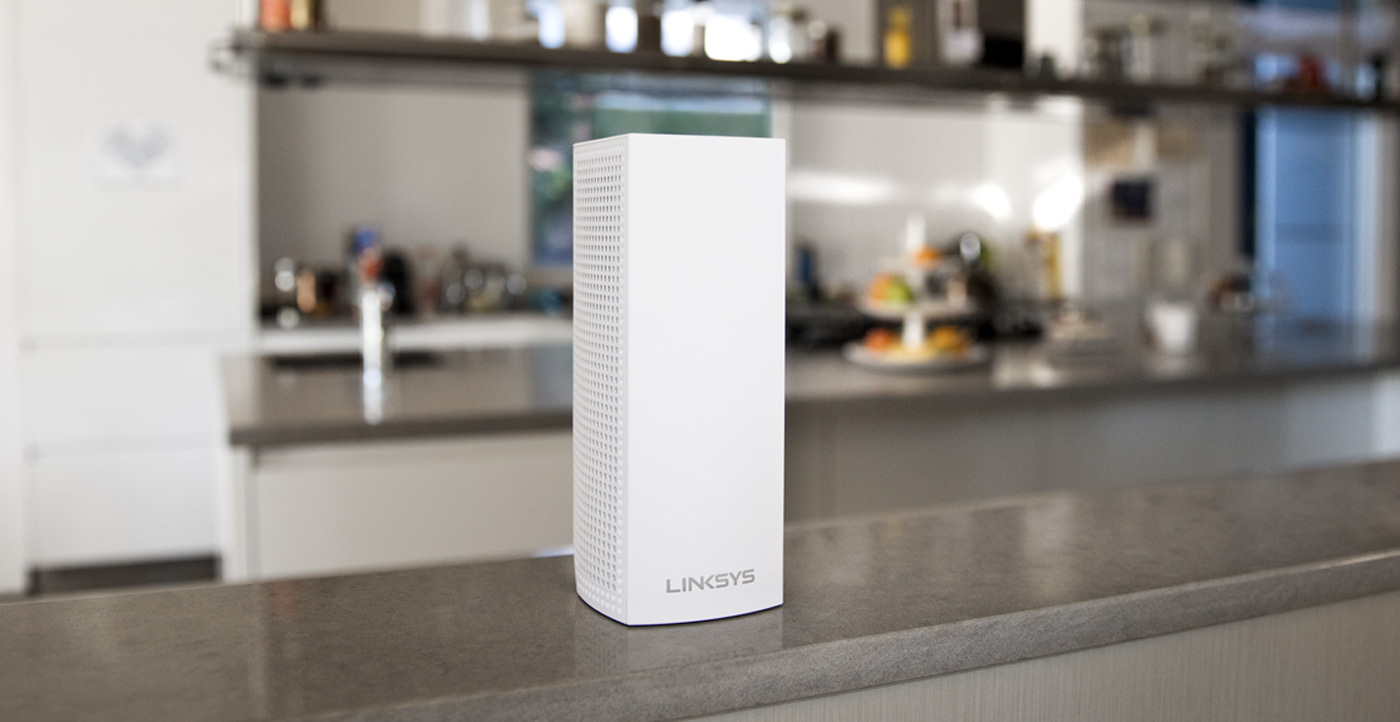 Mesh networking has become trendy for folks looking to fill every nook and cranny of their homes with WiFi. So it should be no surprise that the makers of the most iconic router ever is unveiling its own system. The Linksys tri-band Velop setup is a...
Mesh networking has become trendy for folks looking to fill every nook and cranny of their homes with WiFi. So it should be no surprise that the makers of the most iconic router ever is unveiling its own system. The Linksys tri-band Velop setup is a...









